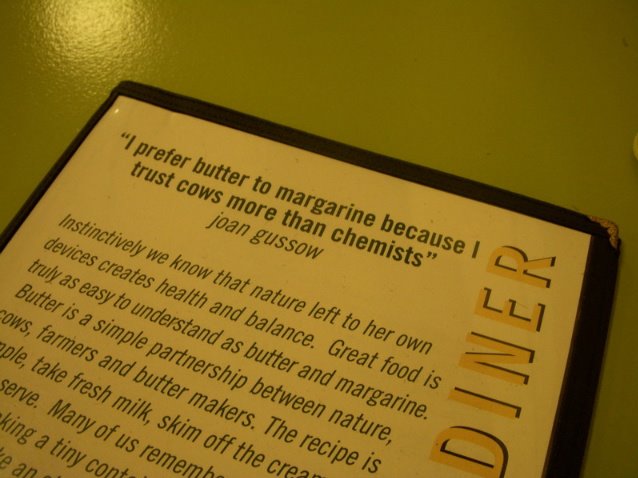
Why haven’t I posted a pic of mah herd on here yet? I don’t know, but here they are (all 3 of them). :P
They are Nigerian Dwarves. They were actually first imported to the U.S. to be fed to zoo animals, big cats and such. Eventually they began to gain some recognition as livestock for very small-scale animal husbandry… particularly micro-dairy because their milk is high in butterfat and relative to their size they produce more milk than many other breeds of goat. Muddy’s the big one with the horns—he’s a wether (a castrated male). Tank is the one on the well-head and Clove is the brown one on the right-hand side. They’re does—around 8 months, I think. Hard to believe, but those little squirts are technically old enough to be bred. We however won’t breed them until they are at least a year old.
I have a profound love for cloven-hoofed creatures that has taken many forms, but in the last five years of my life led me to a series of apprenticeships on small goat and sheep dairies—many of them also artisan creameries. Now, with grad school and “nesting” with my partner on the horizon, I want to maintain a link to the land ethic and lifestyle that a bond with these creatures enables. These three are helping me do that… moreover, if my partner and I end up moving away from Vermont for school for a couple of years, my mom is on board for shepherding-duties… and the benefits, of course (milk!)
Anyhow, they help me keep things primal, mythic and just plain mischevious. XD So I wanted to introduce them to y’all.



2 comments:
Though I've already met them in person I appreciate the virtual intro, Soph! And that's great that your mom will care for them while you're gone, if you end up leaving VT.
That's totally awesome, S. Love that your mom will take care of them for you as well. I'm looking into getting a rescue horse, myself. Moving to Arizona in two weeks ... as you know, animals are good for the soul.
Post a Comment